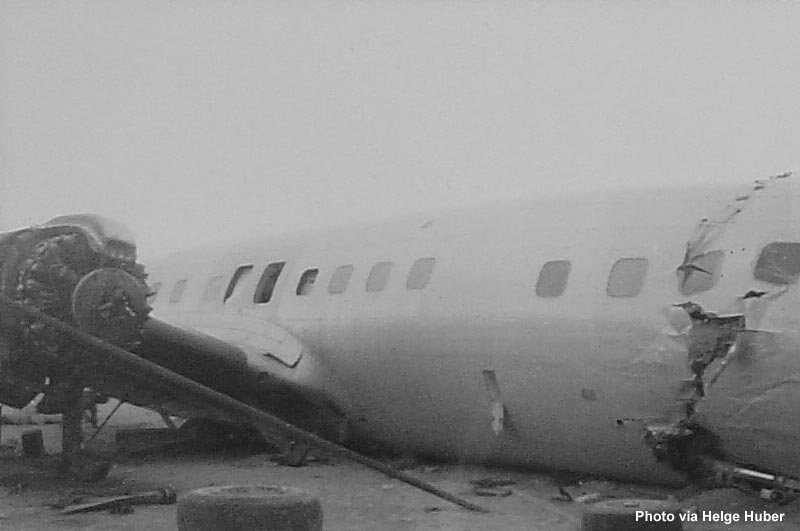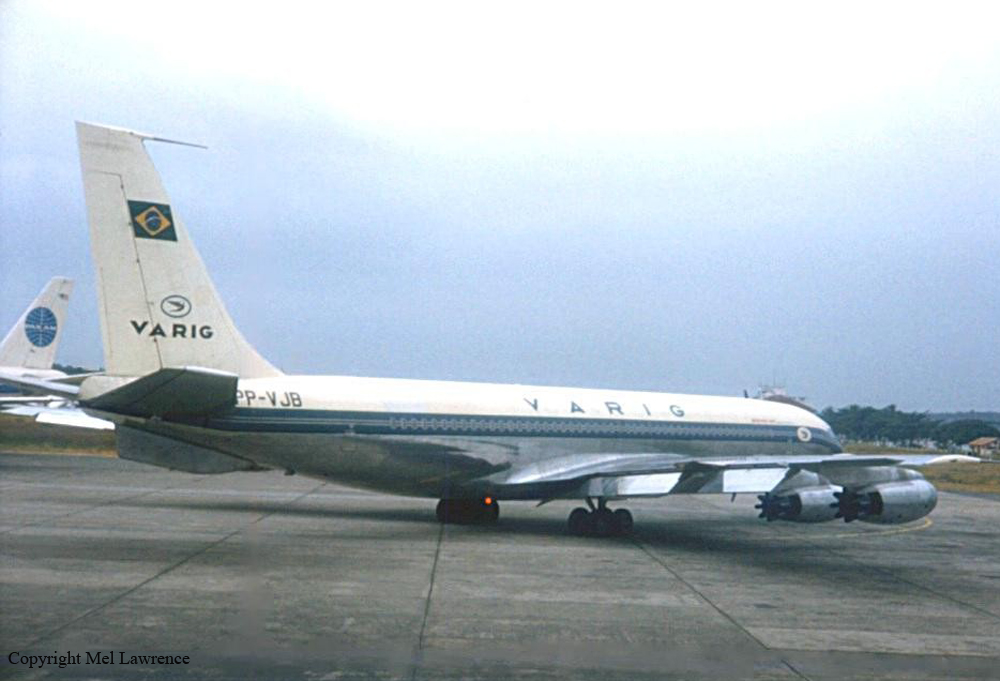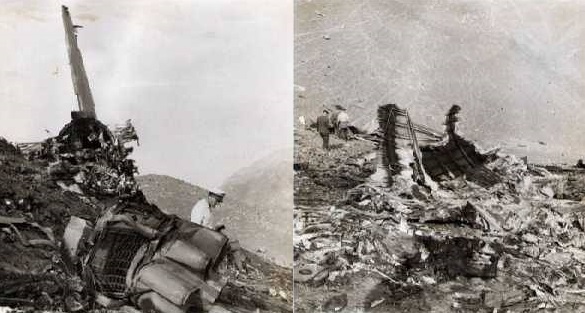Crash of a Fokker F27 Friendship 400M near Huaricanga: 5 killed
Date & Time:
Jun 10, 1970
Registration:
TC-75
Survivors:
Yes
Schedule:
Quito - Lima - Salta - Buenos Aires
MSN:
10411
YOM:
1969
Crew on board:
3
Crew fatalities:
Pax on board:
5
Pax fatalities:
Other fatalities:
Total fatalities:
5
Aircraft flight hours:
838
Aircraft flight cycles:
944
Circumstances:
While cruising at an altitude of 4,500 meters in clouds, the airplane struck a mountain located in the region of Huaricanga. Three occupants were rescued while five others were killed.











